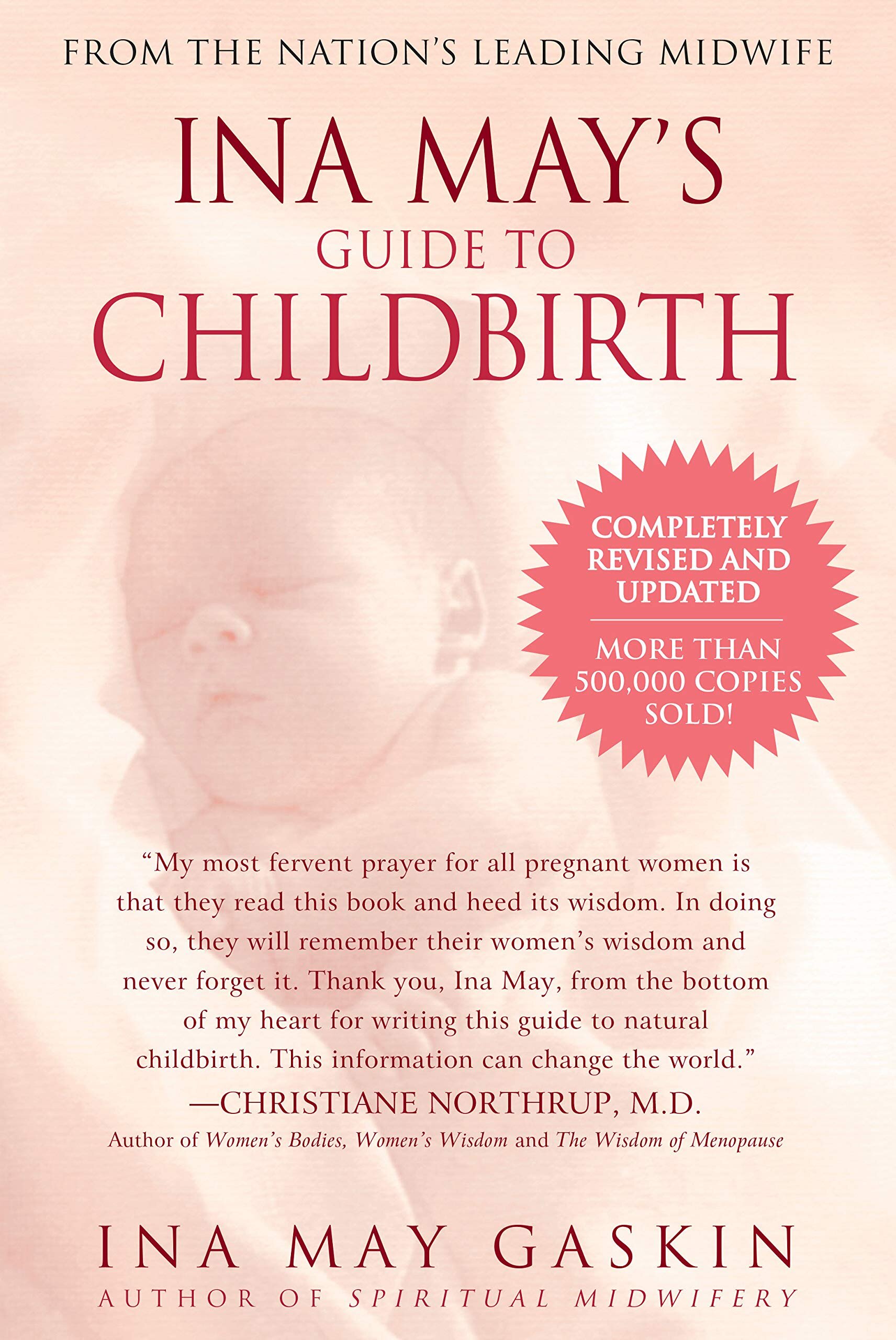7 Ways to rock your Unmedicated Birth
1. Select your birth team wisely
Midwife with back to camera is facing a mother sitting in a birth pool who has just delivered her twins at home. The father in the background with tears in his eyes holding his first born baby.
Whether that is your OB or midwife, doula, birth photographer, chiropractor or family and friends. No matter if you are birthing in a hospital or planning a home birth. Nothing is more important than being surrounded by people that hold space and advocate for you. Your inner circle, who is supportive of ALL of your decisions no matter how hard they might be to accept for them (Yes, Aunty Trudy might be a bit upset if you don't want her in the room when you are giving birth, but she will get over it, I promise).
Image caption: Natasha Holloway of Peaceful Journeys Midwifery embracing her client after she just delivered twins in the comfort of her home.
Now you might ask, how do I know who the right person is for me and my family? Just go with your gut. Interview different practices and providers, ask 'the hard' questions and get their stance on unmedicated birth and what they can offer to help you achieve that goal. Look at it from a consumer perspective, not that that of a patient. You are paying them a good chunk of money and they owe it to you to answer all of your questions and put your worries at ease!
"If a women doesn't look like a goddess in labour, someone isn't treating her right." - Ina May Gaskin
2. Set up your birth space
Having a calm and 'homey' environment during birth is so incredibly important when planning for an unmedicated birth.
A lot of "homebirthers" will set up their birth pool, hang twinkle lights and birth affirmations. Creating a birth playlist and having some essential oils on hand can be beneficial to the overall mood and atmosphere as well.
For my homebirth, I would play our birth playlist every morning during yoga practice to get in-tune with the songs. Needless to say he came so fast there was no time to hook up a playlist, but I would have been prepared haha
Home birth birth space decorated with birth affirmations and twinkle lights hung up around the birth tub
These same preparations are not just helpful for a homebirth. Having familiar comfort measures are incredibly important especially if you give birth in a hospital.
Please don't think that you have to labor under fluorescent lighting in a sterile room.
Bring some string lights, hook up Pandora and hang up your birth affirmations (if you don't have any yet, head over to my homepage and get them as a free download!). It will surprise you how much faster you will dive into labor land...
3. Educate yourself
I think this goes hand-in-hand with #1. In order to assemble the best birth team ever, you have to know what your options are and which of these options are the right ones for you.
Below is a small list of things that helped me prepare for my own home birth...
"The business of being born" movie cover photo. A baby laying on his cheek grinning at the camera with his piercing blue eyes.
Watching "The Business of being born" was a complete eye-opener for me. So many things I saw in that documentary, I was able to relate back to the hospital birth with my daughter. And while it, by no means, was traumatic compared to others' birth stories, after watching it, I somewhat felt manipulated.
And I am not saying that all hospital births are traumatic or negative, but I do think that informed consent and involving the parents to participate in conversation is something that a lot of providers are still lacking.
This movie might not trigger you to pursue out-of-hospital birth (and that's 100% ok), but at the very least know that it is ok to advocate for your birth preferences. Do a double take on your providers intention (i.e. is he/she breaking your water because it is medically necessary or because they are trying to 'stick to their schedule'? Ask why? Ask why not? And if they can't give you a satisfactory answer, don't consent to it!)
Ina May Gaskin's "Guide to childbirth" is the best and probably most recommended book to start diving into the topic of unmedicated, physiological birth. If you are new to the thought, it will be eye-opening, if you have had 5 unmedicated births already, just read it (again) anyways. You can never get enough of her!
Btw, this is a great read even if you know that at some point you will want pain medication, because it helps you prepare for and cope with labour at any stage in your birth journey.
When it comes to online resources I love the childbirth education classes Arrow Birth has to offer where doctors, midwives, doulas, lactation consultants, nurses and more share their experience to improve your birth. Especially with current COVID restrictions, these classes can be done from the comfort of your home which is pretty epic!
Also Evidence Based Birth's Newsletters are a great free resource to research anything. From the necessity of Inductions to the truth behind FTP (Failure to progress) and Due Dates - they got you covered!
There is an incredibly large amount of books, classes and articles out there to help you become your best advocate and be confident and approach your birthing day with ease.
4. Chiro adjustments
"There is a vast difference between treating effects and adjusting the cause."
- Dr. D. D. Palmer
Image caption: Dr. Erica with Innate Beginnings adjusting mama Natasha during a surge
If you are expecting and haven't been to the Chiro for an adjustment, DO IT!!! Believe me, you won't regret it.
Adjustments in the second trimester can help with hip and back pain and are great for babies positioning and opening up the pelvis later on going into your third trimester.
Chiropractic adjustments can support the labor process by:
Helping you to relax your body
Supporting the nervous system as it controls the phases of your labor
Influencing the position of your baby
Stimulating the labor process
Dr. Erica with
during an adjustment at a home birth in Northern Virginia.
5. Have a little snack
- The American College of Obstetricians and Gynecologists (ACOG)
- The American Society of Anesthesiologists (ASA)
These American organizations do not allow low-risk birthing people to eat during labor.
A lot of hospitals are still holding on to the outdated policy of prohibiting anything other than ice and possibly juice. Although current research shows that mothers who are allowed to eat and drink during labor are *NOT* at higher risk of aspiration during an emergency surgery.
- World Health Organization (WHO)
- American College of Nurse-Midwives (ACNM)
- NICE Clinical Guidance for the United Kingdom
- Society of Obstetricians and Gynecologists of Canada (SOGC)
These are all professional organizations that allow low-risk birthing people to eat and drink as they desire during labor.
Taking in nutrients and liquids during labor can help prevent exhaustion and other interventions (such as requiring IV fluids, etc.) down the road.
6. MOVEMENT
Stay active during pregnancy. Move during early and active labor. Switch positions often and avoid laying flat on your back (unless that is the most comfortable to you of course). Generally speaking, staying active throughout your pregnancy is so incredibly beneficial in preparation for your upcoming birth and postpartum time.
Now I am not talking about running a marathon or HIIT workouts of course, but upright positions and the use of birth or peanut balls are some powerful tools to move labor along and help with pain management.
Laboring mother standing behind bed bending over with her husband standing behind her squeezing her hips. Sonogram pictures are hung up in the background on the bedroom mirror.
Upright and active positions during the first stage of labor are linked with much shorter labors and less need for epidurals. Why? Movement helps baby get in the most favorable positions prior to and during birth. Also, certain position changes can be incredibly beneficial to manage back labor. Do what feels right for you, your body and baby. Trust your gut, because mamas know best!
7. Stay 'in the zone'
Laboring mother sitting in the birth tub with her legs off to the side. She has her eyes closed and is going inward which waiting for the next surge. The atmosphere is calm and yet full of anticipation while waiting for her little one to arrive.
You might have heard the term before - "Laborland". The best place to be in, because you know once labor is far enough progressed to enter this twilight stage of mind, your baby will be in your arms so soon. The time in which the only ones matter are your baby and you. When you work together as a team to get through these last surges.
All of your research and hard work has led you to this point. You are surrounded by a team that you TRUST, in a space that feels HOMEY and having received the best CARE possible.
You were given options and made your own decisions.
You are supported and loved.
You will bring your baby earth-side just the way things are meant to unfold.
Are you planning an unmedicated birth and want more tips and tricks?
Let me know what you are interested in learning more about in the comments section below.










